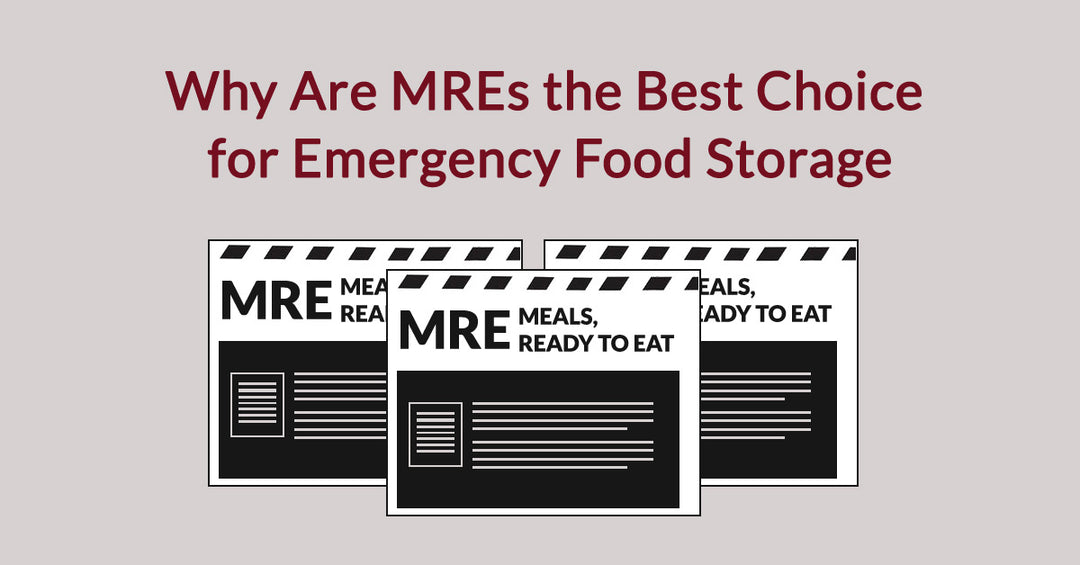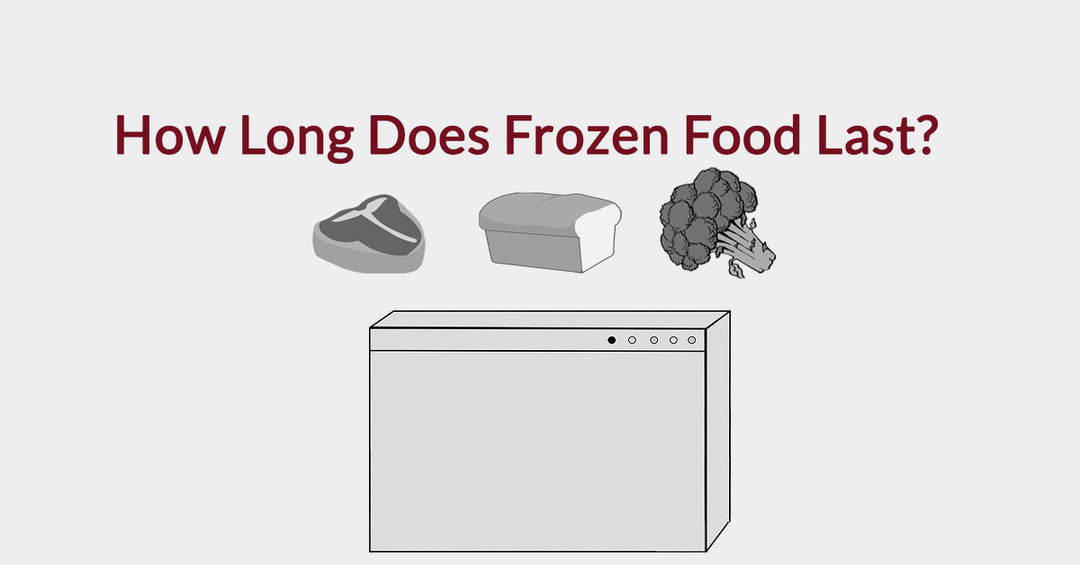How Does Canning Food Work?

Food preservation has been a hot topic for most of human history. Food, along with water, is one of the most important components of human life. We can outlast almost any emergency or disaster if we have enough emergency food to see us through to the end. As such, it's little wonder that discussions about disaster preparedness tend to put a heavy emphasis on food.
People generally agree that MREs are a good foundation to build on, but at the same time, it's always a good idea to have a solid plan B. Likewise, some variety is always appreciated in any meal plan. This is where canning comes into the discussion. Most of us have at least a glancing familiarity with canning, even if not in the context of survival food.

Anyone who's ever opened up a jar of pickles has seen just how well the method can keep food fresh. But there's far more to this storage method than just pickles. In fact, we can use this technique to store a wide variety of different foods for a considerable length of time. But there's also quite a few things we need to keep in mind when preparing canned food. It's a useful addition to other long-term food solutions, but not a replacement.
Why Food Goes Bad
The first thing we need to look at is canning's method of action. Just how does putting food into a jar keep it fresh for an extended period of time? The answer comes from the methods used to seal the jars.
The real secret to our procedure is heat. We'll examine several different canning methods, but all of them have one thing in common. An effective method uses heat to preserve the food within the jar. The higher the temperature, the better our results.
Think about why food goes bad in the first place. Most of the issues with food spoilage comes from microorganisms. Microorganisms such as mold and bacteria can be found on almost everything in the world, but these tiny lifeforms usually don't pose much of a threat to us. If we eat any of them, it's in such a small quantity that our bodies can easily handle it.
If microorganisms have a chance to grow, then they can start to present a real danger. The organisms themselves can be poisonous, and on top of that, the microorganisms will excrete waste products that are often quite toxic to humans. Any food left sitting around can provide an easy meal to bacteria. The end result is that any food left out for a while will eventually start to decay as bacteria eat and excrete on top of it.
Refrigerators preserve food because the colder temperature slows bacterial growth. Bacteria can still taint food when it's in a refrigerator, but food stored in the fridge will stay fresh far longer than it would on our shelf. We see something similar, but far more effective, with canning.

Preservation and Microorganisms
Instead of slowing bacterial growth, canning seeks to outright prevent it. This process uses heat to sterilize a jar's contents. Sterilization is accomplished in two different, but equally important, ways. First, the heat will kill any microorganisms that might be present within the jar or on the food.
The second method is a little more subtle. We can once again think back to the example of a pickle jar. We usually hear a popping sound when we open up a jar of pickles for the first time. This sound comes from air rushing in to fill the jar. We create that same effect when canning food. The heating process removes oxygen from within the jar, and most harmful bacteria need oxygen just as much as we do.
Finally, some foods have their own natural defenses against microorganisms. Acidic foods such as fruit can create an environment that's inhospitable to most microorganisms. This wouldn't be enough to stop bacteria on its own, but acidity can be a powerful addition to the primary forms of sterilization.
These methods work in tandem to sterilize the contents of a jar. First, the heat kills off most of the microorganisms that might have been lurking on the jar or already eating the food. The heating process will also remove most of the oxygen within the jar. The resulting vacuum is highly inhospitable to most forms of life. On top of that, natural acidity in some foods will help fight off any microorganisms that have managed to survive the above.
Clostridium Botulinum
Canning food will protect it from the vast majority of microorganisms, but there's one particular form of bacteria that deserves special attention. The biggest threat to canned food comes from something known as clostridium botulinum. Anyone eating food infested with this bacteria has a good chance of contracting botulism.
Clostridium botulinum is both dangerous and extraordinarily persistent. The bacteria can stay alive at temperatures that would kill most other microorganisms. What's worse, it can produce spores that will survive even if the bacteria itself doesn't. Once temperatures return to normal, these spores can grow into new bacteria.
There is some good news for anyone worried about clostridium botulinum. Temperatures above 240 degrees Fahrenheit will even kill the bacteria's spores. What's more, the spores are highly susceptible to acidic environments, so if we're preserving foods with a pH level under 4.6, then we typically don't have as much to worry about. With that said, there's one important catch to the temperature used to can food. Stove tops generally only heat jars to a little over 212 F, but with that in mind, we do have ways of getting around a wide variety of different problems by using different methods to can food.

Can Food With Boiling Water
Boiling water doesn't require any special utilities. All we need are a stove, jars, and some water. The main point to keep in mind is that the jars need to be completely covered in boiling water to properly seal and sterilize their contents. Unfortunately, as previously noted, a stove typically won't heat water enough to kill clostridium botulinum spores. Because of that fact, it's best to only use the boiling water method with highly acidic foods that can resist the bacteria on their own. We can also help this process along by adding a little lemon juice to the boiling water. The lemon-infused water can help acidify the food even more.
Can Food With Steam Canners
A steam canner uses steam to heat and sterilize our jars. This is slightly neater when compared to simply using boiling water. Like boiling, the steaming method won't raise the jar's temperature high enough to kill clostridium botulinum spores. This makes steaming a slightly more user friendly way to can food. But it's the least effective of the three options for preparing a wide variety of emergency food items.
Can Food With a Pressure Canner
Finally, we have the easiest and most effective method to can food. A pressure canner works in a similar way as pressure cookers. The device heats a small amount of water to the steaming point. The newly generated steam creates pressure in the pot. This increased pressure pushes the boiling point of water high enough to kill clostridium botulinum spores.
The only downside to this method is that it requires a pressure canner. However, the small investment provides the only safe and reliable method to safely can foods with low acidity. A pressure canner can safely preserve meat, vegetables, seafood and almost anything else, and of course it can handle anything with higher levels of acidity too. Canning is a great addition to anyone's skill set, but if we're really serious about using it to prepare survival food, then a pressure canner is a solid investment.
Canning food is a great method to extend its shelf life. Unfortunately, it isn't very portable or rugged when it comes to natural disasters such as earthquakes, floods, and other events. MREs are a great food source to add to your supply for a food source that can be consumed and taken anywhere. For more information check out our Meal Kit Supply 12 Pack to learn more about our MREs and how they're perfect for long-term food storage.




